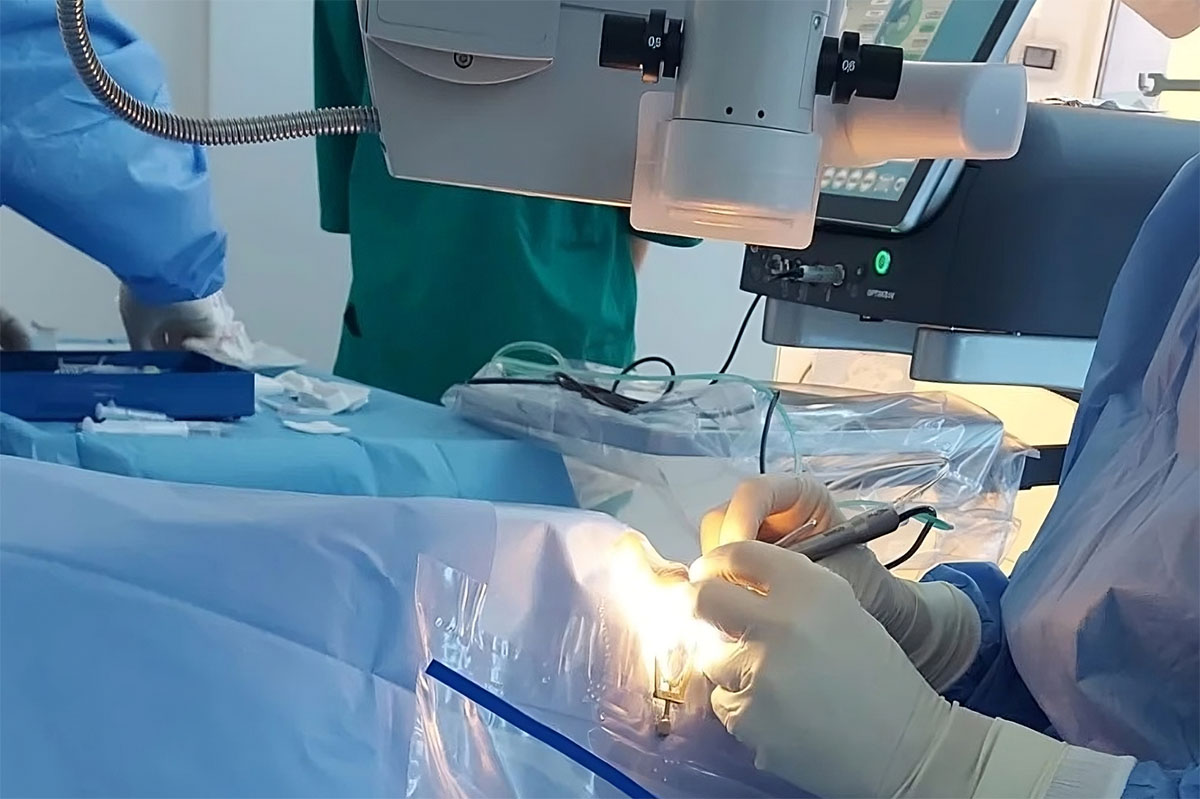-
Phone
+385 91 444 45 11 -
Email
info@poliklinika-skara-kolega.hr

Cataract is the clouding of the natural lens in the human eye, leading to vision impairment. It manifests as blurred vision and changes in color perception, which become yellowish-brown tones. Light dazzles, especially at night.
Prema podacima svjetske zdravstvene organizacije (WHO) vodeći uzrok sljepoće u svijetu je katarakta.
Most commonly occurs after the age of 60 as senile or age-related cataracts. It can also occur after a blow, or injury, as a result of certain medications, and as part of systemic diseases such as diabetes. When present at birth, it is called congenital cataracts.
Procedure Overview: Upon arrival at the clinic, preparations for surgery begin, including blood pressure measurement, eye pressure measurement, and the application of eye drops to dilate the pupils. Subsequently, the patient dresses in a protective gown, wears shoe covers and a cap, and enters the operating room. They are placed on a comfortable surgical bed. The skin is disinfected, and a sterile cover is placed over the patient's head. The operator uses a lid holder to prevent eye blinking, and local anesthetic is applied to the eye. The procedure is painless. During the surgery, the patient looks at a light, remaining awake and able to converse with the surgeon. A small incision of 2-2.5 mm is made on the eye, and the natural lens is removed using an ultrasonic probe. An artificial lens of the appropriate dioptric power, calculated before the surgery with optical biometry, is then implanted through the same incision. After the surgery, a sterile pad is placed over the eye, and with the assistance of medical staff, the patient leaves the operating room, staying in the clinic for another half-hour for observation.
The first follow-up appointment is the next day when the prescribed therapy is received, which is usually required to be instilled for 3 weeks after the operation. The eye is covered with a pad only on the day of the operation.
© Copyright 2025 Poliklinika Škara Kolega. All rights reserved. Website development ASPEKT